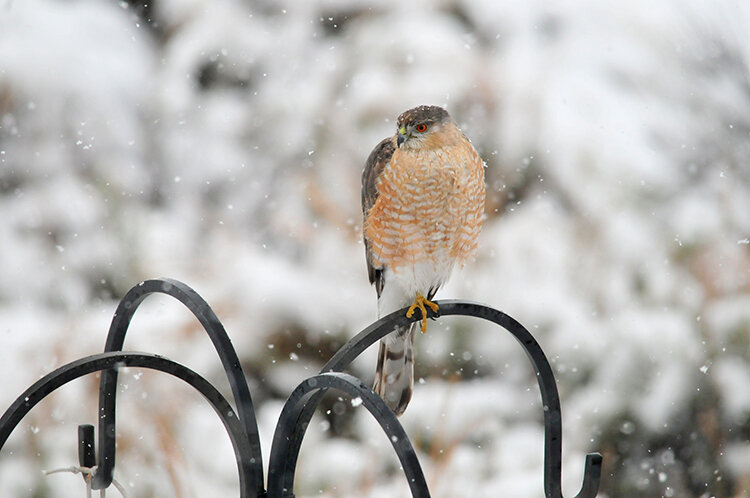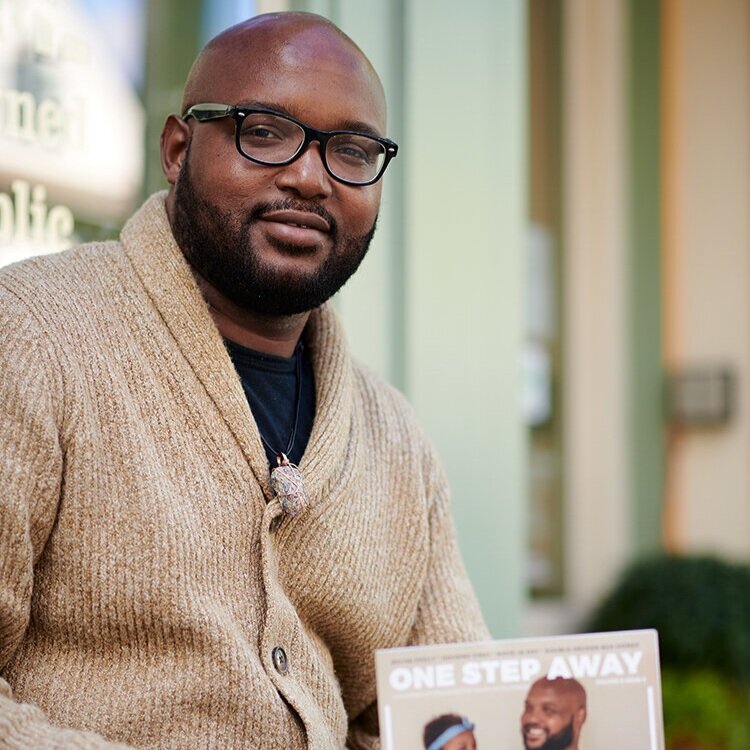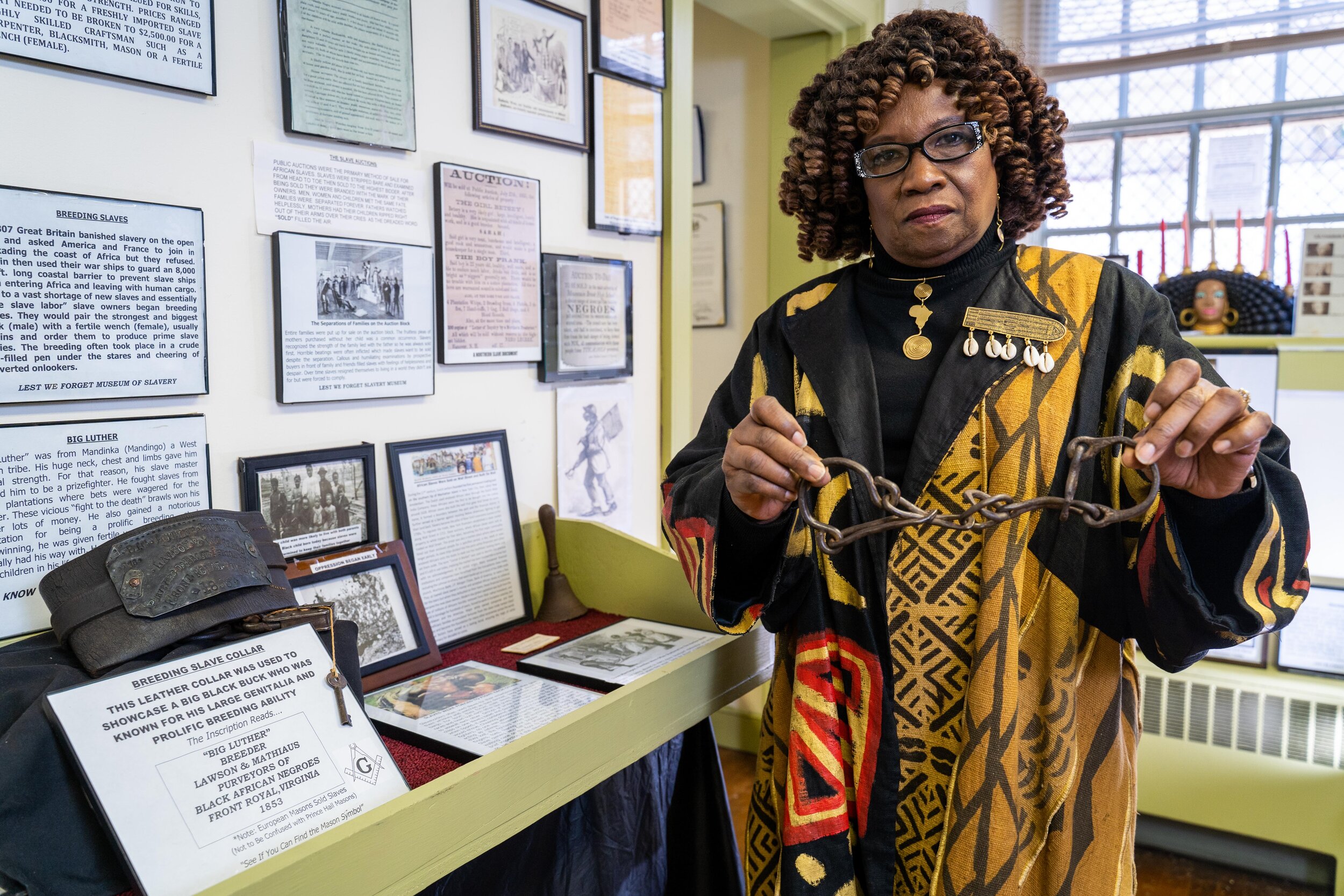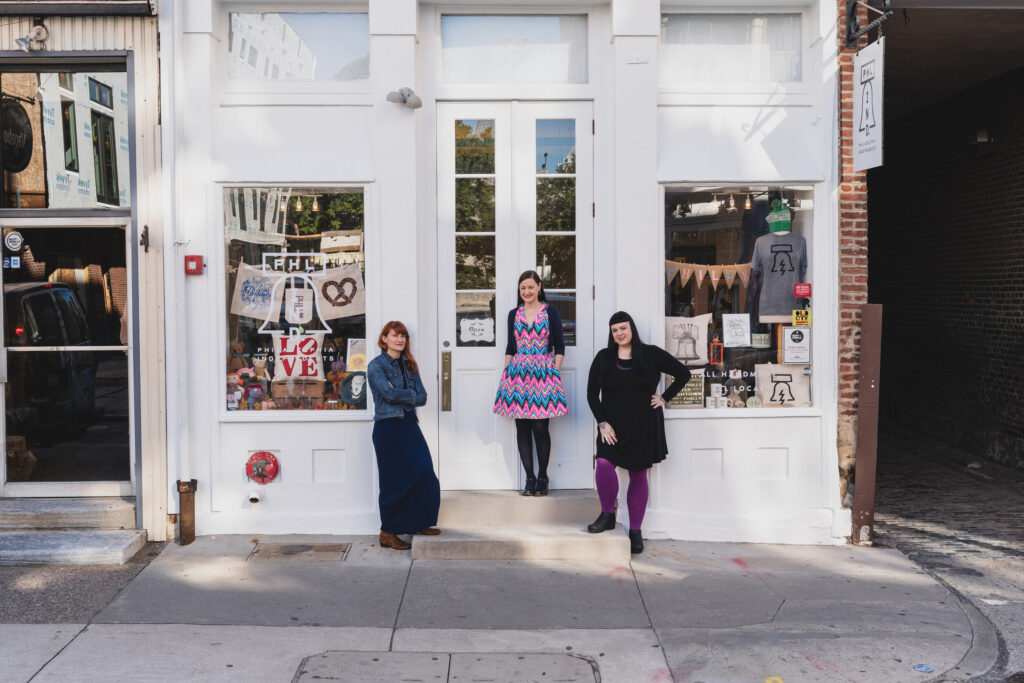Last winter, a Cooper’s hawk burst into the intersection of 50th and Chancellor Streets in West Philadelphia, a few feet from where I stood on the corner. Its red eyes gleaming, the steel-gray bird banked a hard left to shoot down 50th after a pigeon. The action was so sudden and fierce that I looked around for someone else who had seen it, but I was the only human there.
I got the confirmation I was seeking a few weeks later when neighbors across the street reported seeing a Cooper’s hawk in their garden, patiently waiting by their bird feeder.
Cooper’s hawks, along with their smaller (but very similar looking) relative, the sharp-shinned hawk, specialize in hunting other birds. The young fledge with brown backs and brown-streaked undersides. The brown shifts to blue-gray as they mature, and the markings on their bellies end up as light orange bars.

The females are bigger than the males, hence male Cooper’s hawks and female sharp-shinned hawks overlap in size, making them especially difficult to tell apart. Female Cooper’s hawks are about the size of a crow, and male sharp-shinned hawks are about the size of a blue jay. Cooper’s hawks tend to target birds from about starling size on up to pigeons, while sharp-shinned hawks take smaller prey, starting at starlings and working down from there.
Both hawk species are acrobatic flyers. They adapted to chasing prey through forests, into and out of thickets and around tree trunks. These are skills they also put to work in the city.
“It’s better than a space fight scene in Star Wars,” says South Philadelphian John Jensen, who reported watching a sharp-shinned hawk hunting sparrows in his neighborhood. “Watching it fly underneath cars, flush birds out, go back and forth across the street, all while traffic is driving along.”
Not surprisingly, these hawks hang out where human habits rope in their prey for them. While both hawks are well-known to frequent bird feeders (or, as they might view them, hawk feeders), they have been showing up more often at urban bird feeders throughout their ranges.
A study published in 2018 looked at records from Project FeederWatch, a citizen science initiative run by the Cornell Lab of Ornithology. It found that from 1996 to 2015, both species (lumped together for the analysis since they can be so hard to tell apart) showed up more often than they had in previous years at bird feeders in cities across their range. The authors took a closer look at Chicago records and found the birds getting established even in more impervious areas of the city. It seems that as long as there are sparrows, starlings and pigeons to eat, the hawks will follow.
They weren’t always so easy to find. Up until the middle of the 20th century, both species were frequent targets for hunters who saw the hawks as a threat to chickens and songbirds. They were also victims of DDT, the once-popular insecticide that weakens bird eggshells. DDT was banned in 1972, by which point raptors were no longer shooting targets, and populations of both species began to recover.
Here in Philadelphia, Cooper’s hawks and sharp-shinned hawks show up in the fall after a summer raising their young in nearby forests. We might view winter as cold and dreary, but a constant supply of sparrows, starlings and pigeons offers these predators an easy vacation.
Keith Russell, program manager for Urban Conservation with Audubon Pennsylvania, says that Cooper’s hawks began breeding in Philadelphia starting in the early 2000s, and since then have been nesting regularly, making them year-round Philadelphians.
In the meantime, observers with Philadelphia’s Mid-Winter Bird Census, run by the Delaware Valley Ornithological Club and coordinated by Russell, have found Cooper’s hawks to be a little more common than sharp-shinned hawks. He was careful to note that no one has done an analysis of Philadelphia’s hawk population trends, so it’s impossible to say for sure whether they’re following the same pattern as in Chicago and other cities. Nonetheless, he claims, “They are present everywhere. You can see them in Center City; you can see them anywhere in the city.”
Most hawks that Philadelphians see will be red-tailed, Russell says, with Cooper’s hawks and sharp-shinned hawks coming in second. You can see them perching near bird feeders, but I enjoy watching them hunt in the air. When I see a flock of pigeons or starlings flying in a tight ball, dodging up and down, back and forth, I check for a larger bird herding them from just outside the flock. I watch it take shots at the flock, trying to pick off one unlucky bird, and then I look for someone else who watched it, too.







